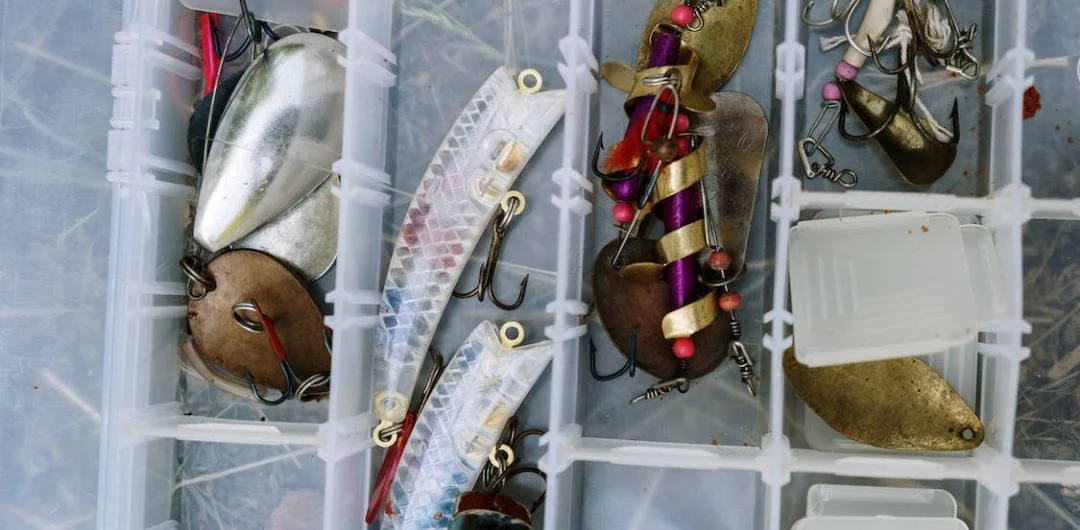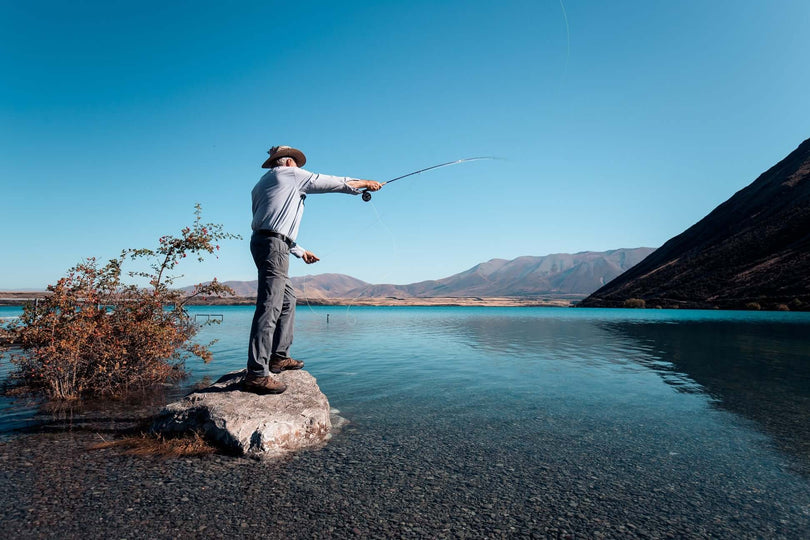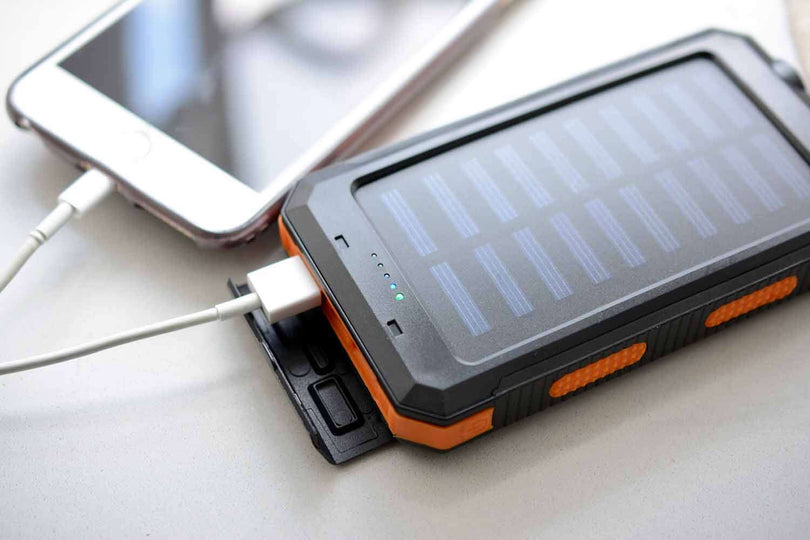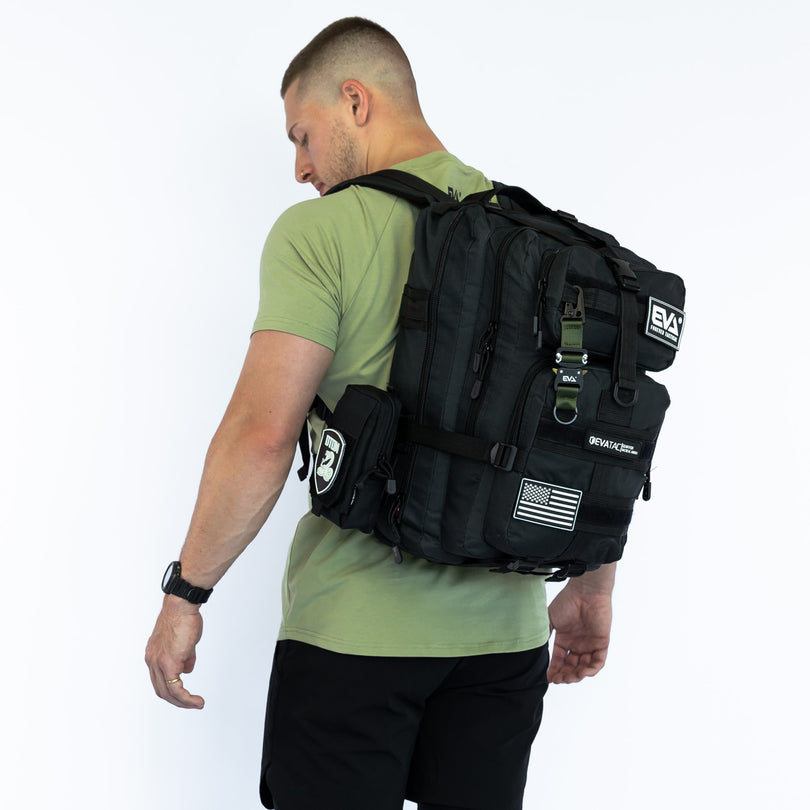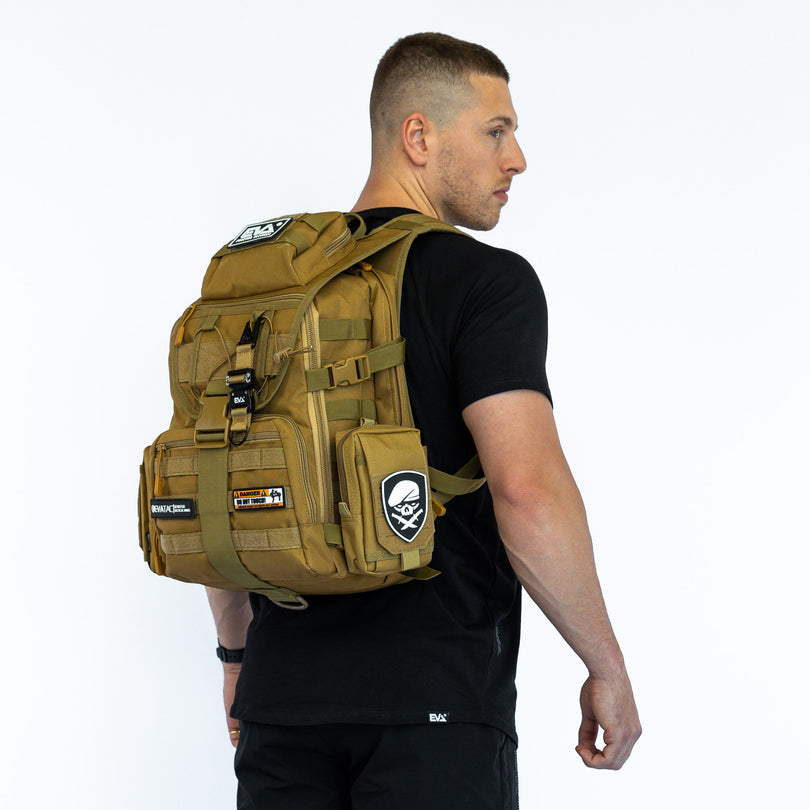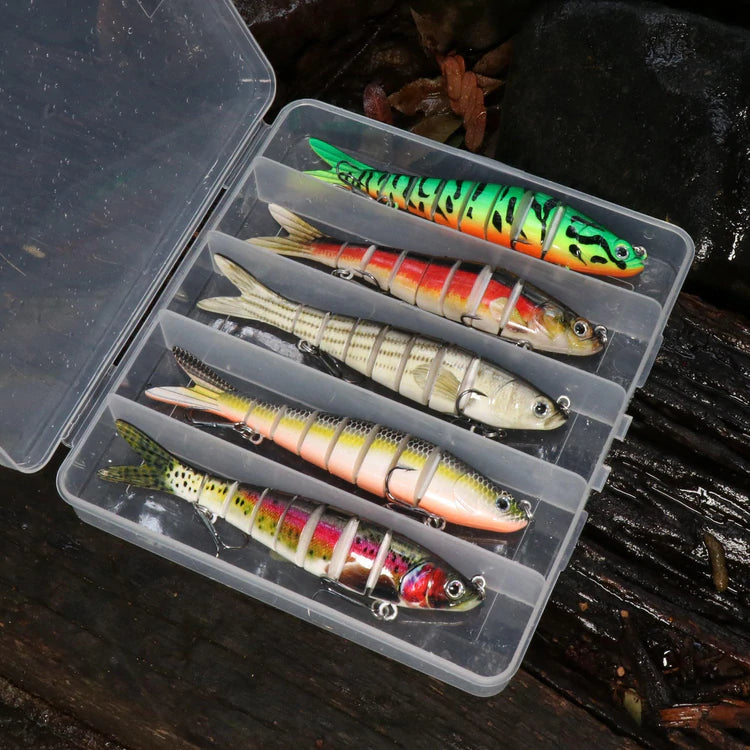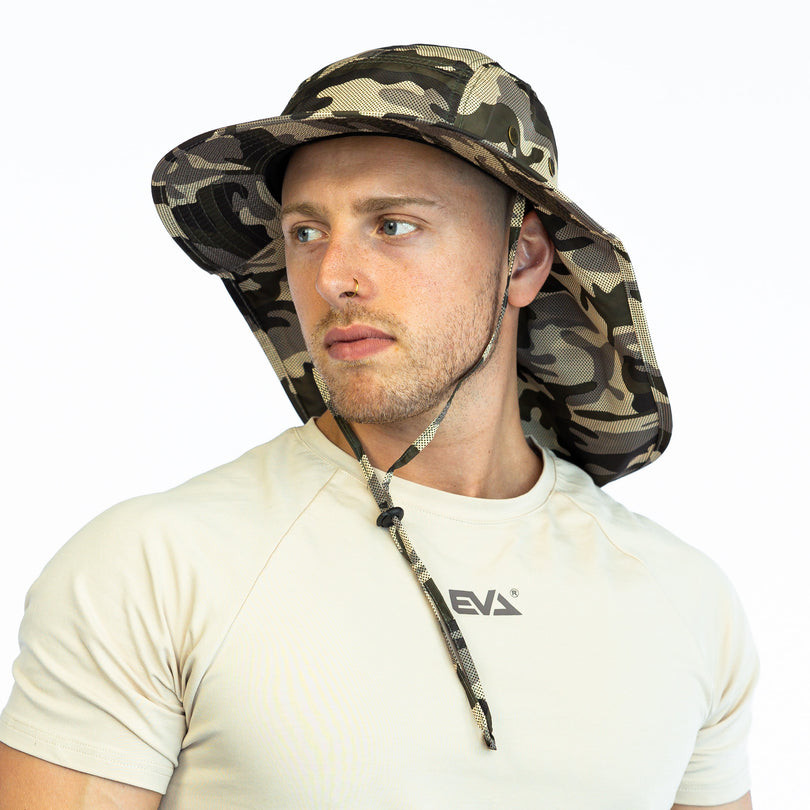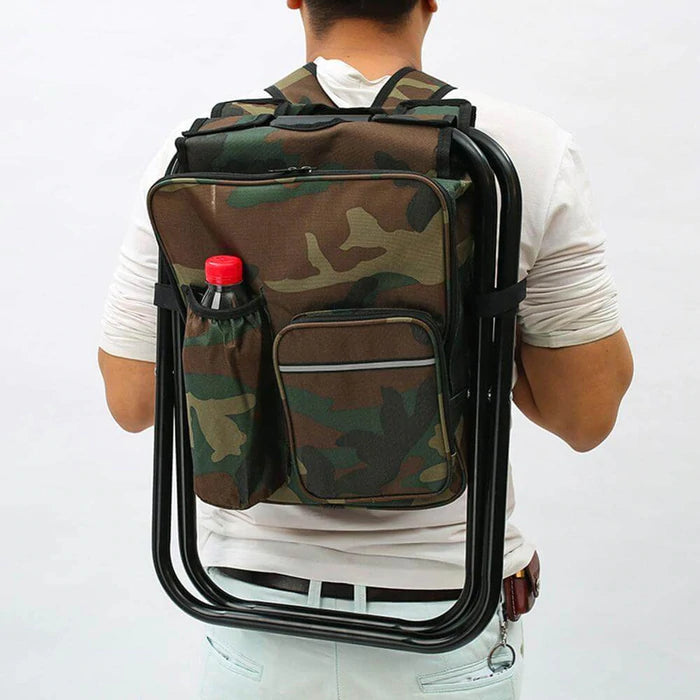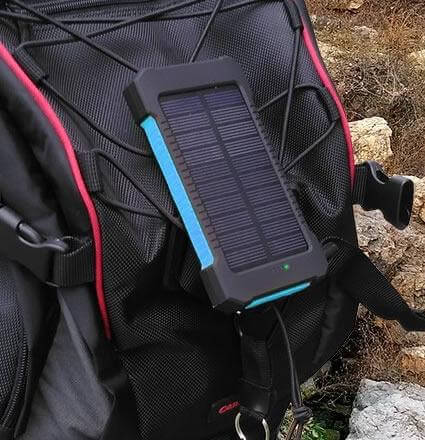If you're a fishing enthusiast, then you know soft plastic lures are essential for any successful fishing trip. These lures offer versatility and can be used to catch a wide variety of fish. In this comprehensive guide, we will discuss everything you need to know about soft plastic lures: from the different types available to the best tips and tricks for using them!
How Do You Fish With Soft Plastics?
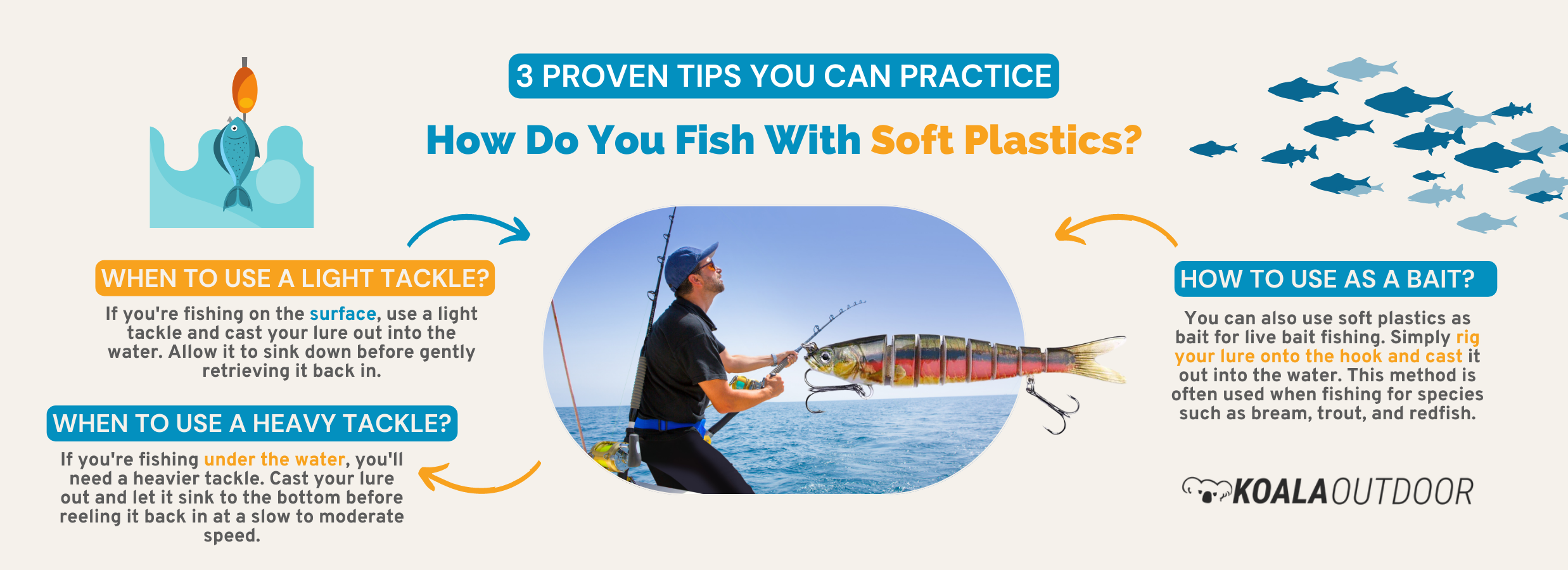
One of the great things about soft plastics is that there are many different ways to fish with them. You can fish them on the surface, under the water, or even use those soft baits for live bait fishing. Soft plastics are the most commonly used lure in saltwater fishing and can be very effective in catching fish such as snapper, bream, flathead, and jewfish. The most important thing is to find a method that works best for you on certain fishing applications.
Here are a few tips on how to use lures for soft plastic fishing:
- If you're fishing on the surface, use a light tackle and cast your lure out into the water. Allow it to sink down before gently retrieving it back in. Many anglers use this technique with fish species like bass, trout, and redfish.
- If you're fishing under the water, you'll need a heavier tackle. Cast your lure out and let it sink to the bottom before reeling it back in at a slow to moderate speed. This method is often used when fishing for species such as snapper, jewfish, and flathead.
- You can also use soft plastics as bait for live bait fishing. Simply rig your lure onto the hook and cast it out into the water. This method is often used when fishing for species such as bream, trout, and redfish.
In targeting light estuary species like flathead, soft plastics are definitely the go-to lure. You will also require light jig heads or soft plastic rigs to allow your lure to sink slowly and tantalisingly in front of the fish. This is why soft plastics are such good lures for fishing because they can be used in so many different ways. These techniques work best when the water is clear and the fish are active.
It's important to remember that not all soft plastics are created equal. Some are better suited for certain fish than others. In the next section, we'll discuss the different ways you can choose soft plastic lures and what fish they're best used for catching.
No matter what method you choose, always be sure to experiment with different soft plastics fishing techniques until you find what works best for you.
What Happens When Fish Eat Soft Plastic Lures?
When fish eat soft plastic lures, the lure will usually dissolve in their stomach. This is because most soft plastic lures are made from biodegradable materials. While this may seem like a bad thing, it's actually beneficial for the fish! The soft plastic lure will release a small amount of oil and scent into the water, attracting other fish to the area. This makes soft plastics an effective way to catch bigger fish species.
The dissolved soft plastic will release a small amount of oil and scent into the water, which attracts other fish to the area. This gives you a greater chance of landing a catch!
How Do You Choose Soft Plastic Lures?
Now that you know all about soft plastic lures and how to fish with them, it's time to choose the right lure for your fishing needs. With so many different types and sizes of soft plastics available, this can be a daunting task.
Here are a few factors to consider when choosing soft plastic lures:
The type of fish you're trying to catch
Different fish are attracted to different types of soft plastics. Do some research on the best soft plastics for the fish you're targeting. A big fish like a jewfish will require a different soft plastic than a small fish like a bream.
The size of the lure
Choose a size that is appropriate for the fish you're trying to catch. If you're not sure, err on the side of caution and go with a smaller size.
If you want to catch bigger fish, then you'll need to use a heavier tackle. This will help you to cast your lure further out into the water. It's also important to use a soft plastic lure that is durable and won't dissolve easily in the water.
The colour of the lure
Again, different fish are attracted to different colours. Do some research to find out what colour soft plastic lure is most likely to attract the fish you're targeting.
Types of Soft Plastic Lures
Now that you know how to fish with soft plastics, it's time to learn about the different types available. There are many different types of soft plastic lures on the market, each designed for a specific type of fishing. Here's a breakdown of the most popular types:
Worms
Worms are one of the most versatile and commonly used soft plastic lures. They can be used to catch a wide variety of fish, including bass, trout, and redfish.
Grubs
Grubs are soft plastic lures that are shaped like worms but have a tail. They're commonly used to catch panfish, such as bluegill and crappie.
Frogs
Frogs are soft plastic lures that are designed to look and feel like real frogs. They're a popular choice for fishing in ponds and lakes, as they're less likely to get caught on vegetation.
Crawfish
Crawfish are soft plastic lures that resemble real crawfish. They're commonly used to catch bass, trout, and walleye.
Minnows
Minnows are soft plastic lures that resemble small fish. They're an effective lure for fishing in streams and rivers, as they imitate the natural prey of many fish species.
As you can see, there is a soft plastic lure available for every type of fishing situation. Now that you know all about soft plastics, it's time to find out if you can use them as lures, before heading out to your local tackle shop to start fishing!
Can You Use Soft Plastics As Bait?
While soft plastics are usually used as lures, they can also be used as bait. This is especially effective when fishing for live bait fish.
Here's how to use soft plastics as bait:
Step 1: Choose a soft plastic lure that is the appropriate size and colour for the fish you're targeting.
Step 2: Rig the soft plastic onto a fishing hook using a small amount of line.
Step 3: Cast your line out into the water and allow the soft plastic to sink down to the desired depth.
Step 4: Reel in your line at a steady pace, being careful not to pull on the soft plastic too hard.
Step 5: When a fish bites, give it time to swallow the soft plastic before reeling it in.
Why Am I Not Catching Fish With Soft Plastics?
If you're not catching fish with soft plastics, there are a few things you can do to troubleshoot the issue.
-
Make sure you're using the right size and colour lure for the fish you're trying to catch.
-
Experiment with different techniques until you find what works best for you.
-
Finally, be patient and give the fish time to bite!
Some anglers also follow the fishing principle of HWS, which stands for hidden weight system. This trick is perfect for hiding the lead within the soft plastic whilst fishing in weedy areas. The HWS makes the soft plastic more weedless and allows you to fish in areas where other lures would get snagged.
To rig a soft plastic using the HWS principle, simply insert a lead weight into the nose of the soft plastic. Then thread your fishing line through the weight and out through the nose of the soft plastic. For best results, make sure that you are using a fluorocarbon line. This will hide the weight inside the soft plastic, making it more weedless and giving you a better chance of landing a fish.
You may also use paddle tails, curl tails, or grub tails to increase the action of your soft plastic lure. Paddle tails will give your lure a swimming action, while curl tails will provide a wiggling action. Grub tails will give your lure a combination of both swimming and wiggling actions.
With a little practice, you'll be an expert in no time! Soft plastic lures are a versatile and effective way to catch fish. Use these tips and tricks to up your fishing game and land more catches than ever before!
What Hooks To Use For Soft Plastics?
There are a few different types of fishing hooks you can use for soft plastics, but the most popular is the J-hook. This type of hook is designed specifically for soft plastics and provides a good balance of strength and flexibility.
Here are a few other types of hooks you can use for soft plastics:
Offset worms hooks
These hooks are designed to keep soft plastics in place and are ideal for fishing under heavy cover.
Circle hooks
These hooks are great for live bait fishing and help to prevent fish from swallowing the hook.
Beak hooks
These hooks are similar to J-hooks but have slightly different shapes. They're often used for saltwater fishing.
Wide gap hooks
These hooks are perfect for soft plastics that have a lot of action, like swimbaits.
Do You Need A Swivel With Soft Plastics?
No, you don't need a swivel with soft plastics. In fact, using a swivel can actually decrease the effectiveness of your lure. This is because the swivel can add unnecessary weight and bulk to your setup.
If you're using soft plastics in heavy cover, you may want to use a leader to help prevent your line from getting tangled. Other than that, there's no need for any additional hardware.
Can Fish See Snap Swivels?
There is no definitive answer to this question. Some anglers believe that fish species can see snap swivels, while others believe that they cannot. The best way to find out is to experiment and see what works best for you.
If you're using soft plastics in clear water, it's probably a good idea to avoid using snap swivels. In dirty or murky water, however, snap swivels may not be as noticeable to fish.
Soft plastic lures are a versatile and effective way to catch fish. With so many different types of soft plastics available, there's sure to be one that's perfect for your fishing needs. Use these tips and tricks to up your fishing game and land more catches than ever before! What's your favourite soft plastic lure? Let us know in the comments below! Happy fishing!


